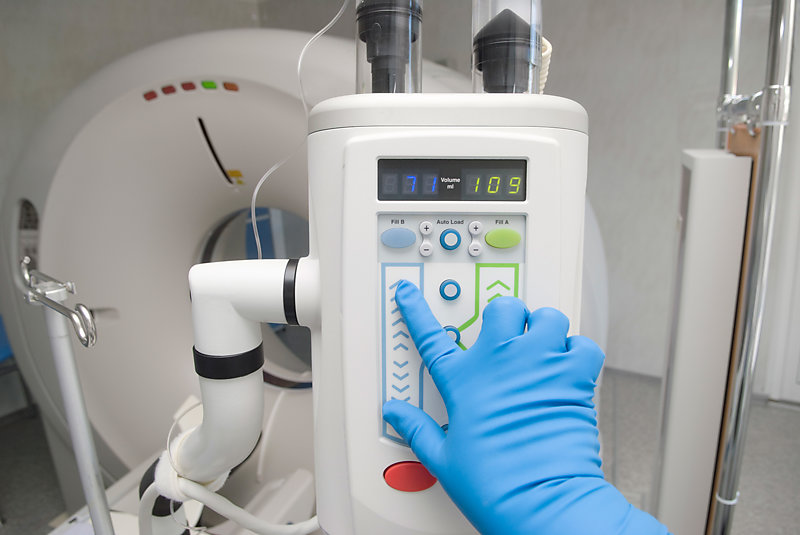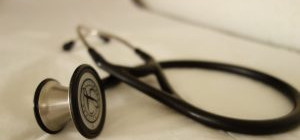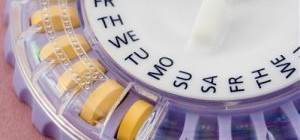 For medical equipment to work properly and prevent unnecessary harm to patients, effective maintenance practices are essential for hospitals. Owing to the complexity of modern medical equipment, maintenance and management can be challenging, demanding specialty in a vast scope of expertise in areas like computers, electronics, mechanical systems, optical systems, pneumatics, and chemicals. Major items of equipment are virtually maintained under comprehensive service contracts, with the service being offered by either the vendor or multivendor service organizations. Whether you are dealing with simple equipment like computers that handle patient data or major ones like MRI scanners that demand experts to maintain and service, best maintenance practices are what will save the day and keep things running smoothly. Here they are:
For medical equipment to work properly and prevent unnecessary harm to patients, effective maintenance practices are essential for hospitals. Owing to the complexity of modern medical equipment, maintenance and management can be challenging, demanding specialty in a vast scope of expertise in areas like computers, electronics, mechanical systems, optical systems, pneumatics, and chemicals. Major items of equipment are virtually maintained under comprehensive service contracts, with the service being offered by either the vendor or multivendor service organizations. Whether you are dealing with simple equipment like computers that handle patient data or major ones like MRI scanners that demand experts to maintain and service, best maintenance practices are what will save the day and keep things running smoothly. Here they are:
- Observe Manufacturer Standards
Complex and expensive medical equipment, in particular, ought to be maintained according to the relevant standards of maintenance outlined by the manufacturer. Most hospitals will have in-house maintenance personnel who will ensure that all equipment is functioning as it should. They should always ensure that during their routine in-house maintenance, the equipment is functioning according to the standards indicated by the manufacturer and not according to their own preferences. This will keep the hospital from dealing with unnecessary accidents or unfortunate events that could have been easily averted.
- Categorizing Equipment
Another good practice is categorizing equipment according to internationally recognized risk assessment standards. Hospital equipment can be classified as a high, medium or low risk. Hence, the frequency of maintenance for the equipment in a hospital can be determined by its risk level. High-risk equipment will demand frequent and thorough maintenance compared to low-risk equipment. This will help the hospital to save time, money, and lives. High-risk equipment will often involve sustaining people’s lives. Hence, the utmost care will be necessary to keep them from putting anyone’s life at risk. Routine maintenance of high-risk equipment will ensure they are always functioning as they should, to produce the best results. Furthermore, as long as they are functioning properly, it means they will take time to need replacement or any serious repairs and this will save the hospital money in the long run. A medical supplies store may offer some magazines or journals with more information about the various categories of medical equipment.
- Scheduling Maintenance
Preventive maintenance and inspection of medical equipment ought to be scheduled so that it doesn’t adversely affect service delivery. As we all know, there are two kinds of maintenance, preventive and corrective. Scheduling maintenance is part of preventive maintenance, as the routine checks will ensure that the medical equipment is invariably inspected and serviced for optimal performance. Furthermore, preventive maintenance reduces the chances of corrective maintenance, which is often financially demanding and time-consuming. Corrective maintenance can also slow things down at the hospital or even put someone’s life at risk. It is for this reason that scheduling maintenance is one of the most crucial and essential practices for keeping medical equipment at their optimum functional capacity.
- Accreditation and External Audit
There are certification bodies like OSHA that determine the safety standards of working environments and equipment. It is necessary to make use of such bodies in your location since they will not only provide you with the best standards to keep your medical equipment working in peak performance but they will also make your facility credible to your patients and alternative clients. Accreditation gives you credibility and external audits show you the warning signs to watch out for as well as the standards to observe to keep things working at their best. As a hospital, you should have your own internal-audit team that does regular internal audits. This team should also be working with external accreditation bodies that will give an external objective point of view as well guide them on other things that they may have overlooked or just didn’t know about. External audits are essential whether you are a major hospital or a small one at some corner. They ascertain that maintenance procedures are documented accordingly and that proper comprehensive systems and procedure of record keeping are established.
The above four steps are essential for the proper maintenance and functionality of medical equipment. They should be religiously observed due to the sensitive tasks they are used to accomplish. Consider your local state laws and safety standards for more guidelines and best practices.







